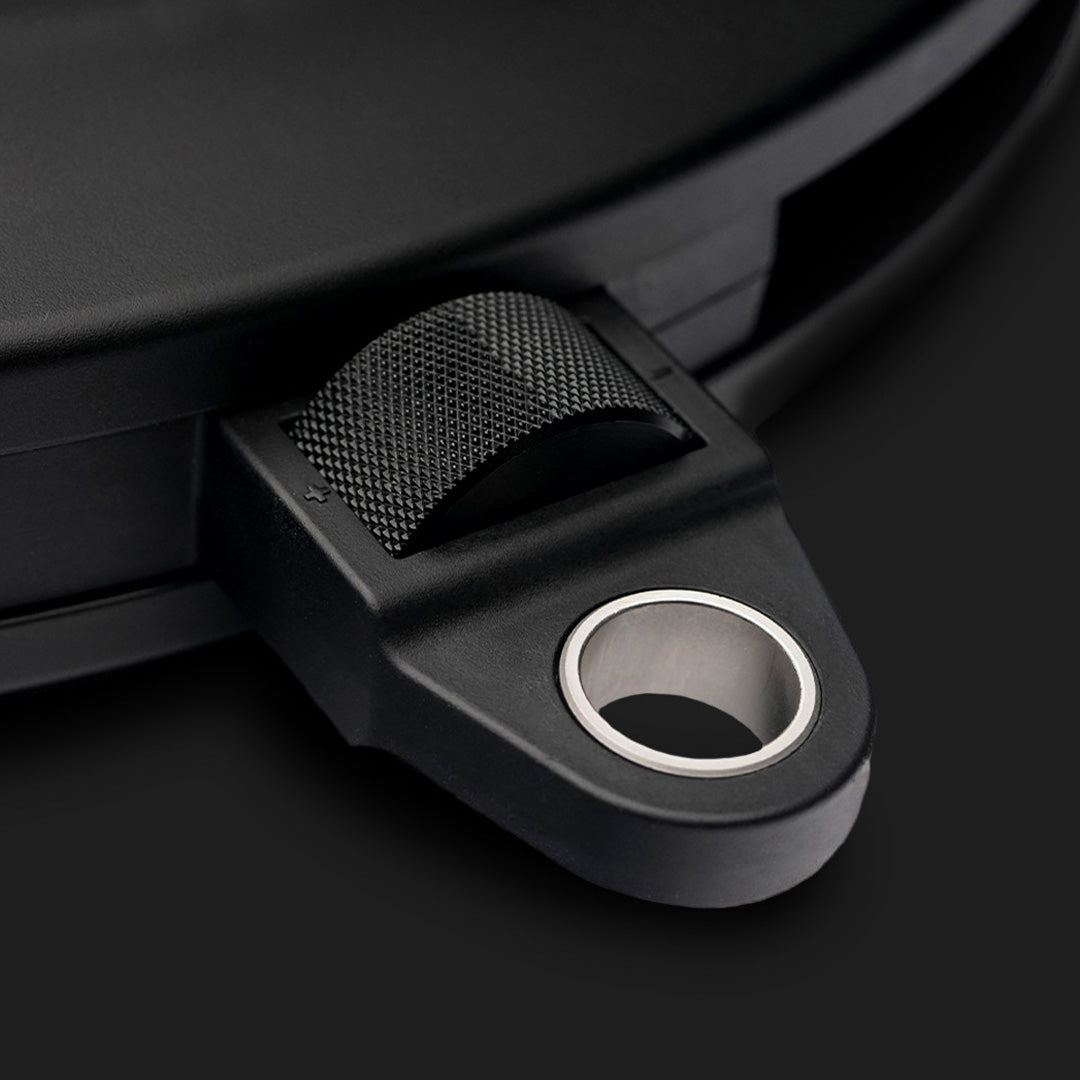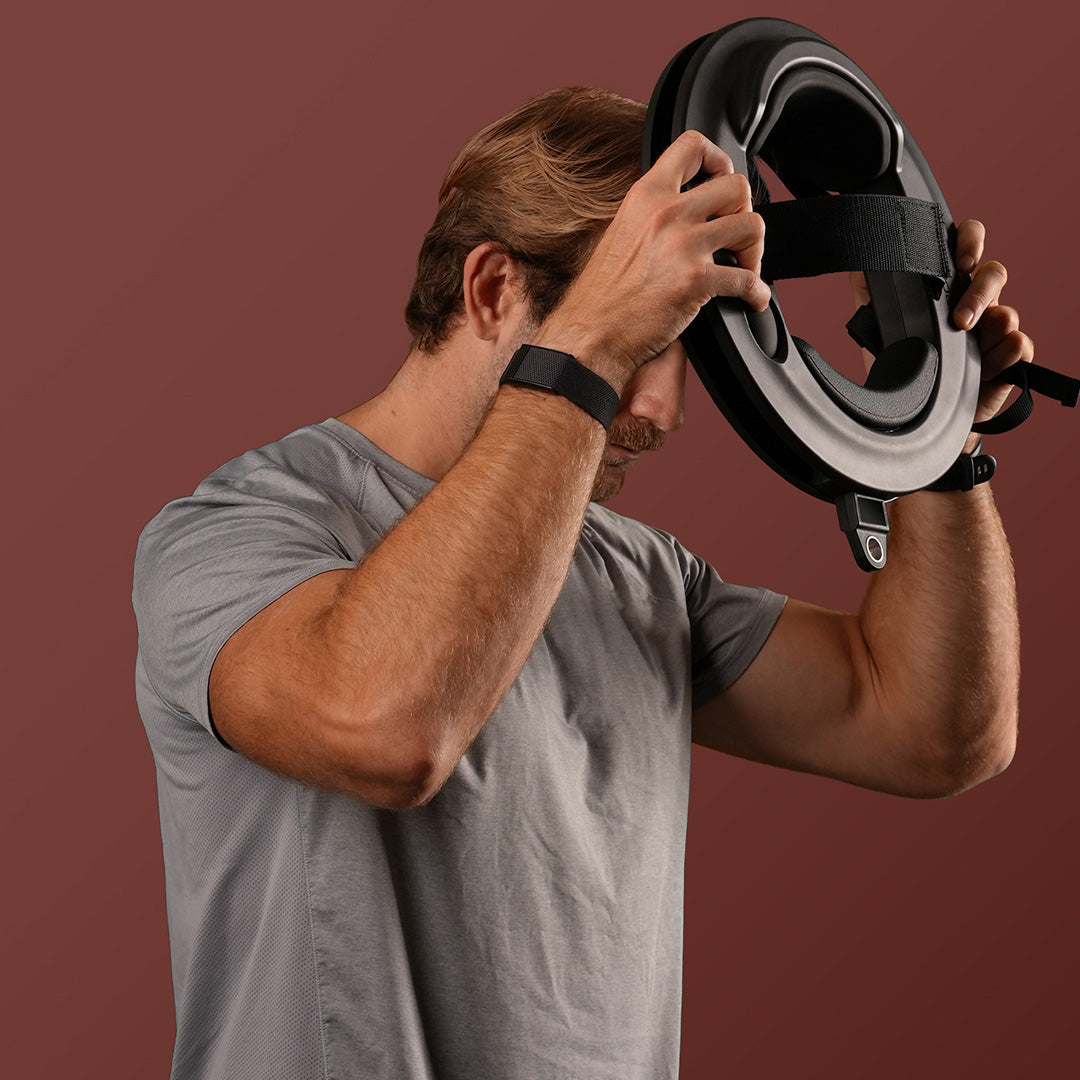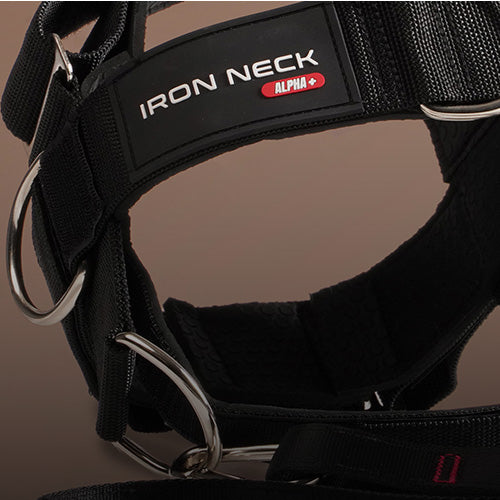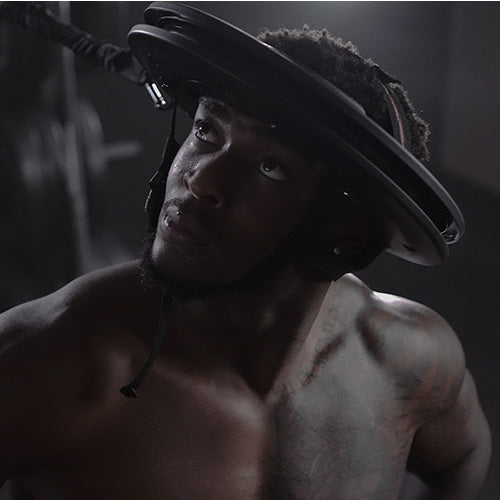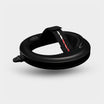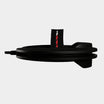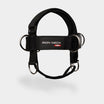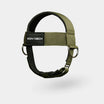If you're suffering from military neck, aka cervical kyphosis, you may find that doing specific military neck exercises can help relieve your neck pain. These exercises can help you wean yourself off without medication, or even prevent you from needing surgery or formal physical therapy. So, it's definitely worth giving these a shot if you're currently suffering! While it's always important to get a formal diagnosis from a doctor or physical therapist before you begin any kind of exercise program, simple stretches and exercises can be helpful in relieving the pain, stiffness, and poor posture related to this condition. Let's start by explaining what exactly military neck is - and then, we'll cover what you can do to alleviate the symptoms and signs of it.
What Is Military Neck?
Military neck, also referred to as cervical kyphosis, is a spinal issue that involves an unpleasant curvature of the neck or cervical spine. While it might sound odd, some natural curvature is necessary for the spine. It helps to maintain both balance and posture. If one curve is too small or too large, it can make it difficult for you to stand upright. The military neck is named as such from the wear and tear of the ligaments, bones, and vertebral discs in the spinal cord caused by overuse as you might experience in a military lifestyle. However, it's not just a life of service that can cause this degenerative disc disease. It can also be caused by conditions like:
- Cancer in the spinal cord or the surrounding region
- Osteoporosis
- Injury
- Infection
- Muscular dystrophy
- Paget's disease
- Neurofibromatosis
Is Military Neck Serious?
Military neck is not a life-threatening condition, but it can lead to severe disability and a significantly reduced quality of life.
Some typical symptoms of military neck include:
- Back and neck pain
- General fatigue
- Numb or weak extremities
- Trouble breathing
- Difficulty looking straight ahead
Since many of these symptoms are also present in other spinal cord or cervical spine problems, there is one telltale symptom that doctors will look for when diagnosing cervical kyphosis, or military neck. That is the most severe of all symptoms - and it's known as chin-to-chest deformity. Also known as dropped head syndrome, this is when a person's chin sits directly on their chest. It's important to seek medical advice if you have symptoms of a military neck because it can place excessive stress on the ligaments in your neck and increase your risk of injuries.
Can Military Neck be Corrected
Although military neck can be serious and life-altering, there are a few ways that doctors will treat this disease. The medical advice will vary depending on the severity of the spinal deformity and condition. Surgery is one common option for military neck, which can help restore the cervical spine curvature and decompress the nerve roots and spinal cord. It can restore horizontal gaze and reduce neck pain. Options for surgery include osteotomy, vertebral fusion, and vertebral fixation.
However, surgery isn't always recommended, especially for minor cases, since there are always risks involved with any type of surgery. Plus, the recovery window can be rough. A better treatment plan is simply to restore flexibility and mobility to the neck - while strengthening the muscles that caused this imbalance in the first place. The neck exercises described below, along with physical therapy and massage, can do wonders. For very minor symptoms, a bit of rest for the neck, applying ice and heat, checking your ergonomics (like what kind of desk and chair you are using at work) can be helpful in alleviating symptoms.
What are the Top Exercises for Military Neck Correction?
While it's important to seek medical advice from your doctor if you're already seeing one for your neck problems, you can give these a shot in an effort to alleviate your pain and discomfort today! You'll be able to perform any of these movements at home, with pretty minimal supplies and equipment - let's start with a simple one.
Cervical Retraction
The cervical protraction and retraction exercise can really help open up the stiffness in your neck. It's best done with a neck harness and resistance band. Stand in the forward-facing position with the wall. Put a slight bend in your knee, allowing the resistance band to pull you forward. Pull back with retraction, bringing your tailbone back into a curved position, the way your spine is designed to be held. Slouch forward, creating a rounded appearance with your spine. Your chin and SI joint should be as far back as possible in the protracting position, then as close as possible to the anchor point. Your ribcage should come down as well as your abdomen, the muscles pulling down and then expanding back as you move forward and back in this movement.
Cervical Lateral Flexion
The cervical lateral flexion can be done both with and without formal equipment like a neck harness or resistance band. To do this exercise, bring your right ear to your right shoulder as far as possible. Do not rotate your neck. Hold the position for 15 seconds, then repeat with the left side. You may need to do this five times a day for the best results.
Cervical Rotation
In the cervical rotation exercise, you will turn your neck to the right as far as possible while attempting to touch your chin to your shoulders. Hold the position for 15 seconds, then repeat with your left side. Again, you may need to do this exercise a few times per day.
360 Spin
The 360 Spin is an exercise that's best performed with a resistance band or device like the Iron Neck attached to an anchor point on a wall. It requires slowly moving away from the anchor point of a resistance band to add tension. Perform the exercise at a distance that is challenging but allows you to maintain an upright position. Start facing away from the wall with your resistance band attached. Perform three controlled rotations, turning yourself clockwise, then counterclockwise three times each. Move slowly with about ten seconds allotted for each rotation.
Look Left look Right
This effective exercise will help you build strength and mobility in your neck. Start with your shoulders back and chest up. Turn your head to the left, then to the right, until you reach the end of your range of motion. Do not let your shoulders move. Perform five times, facing forward, then perform five times facing left and five facing right. Again, keep your shoulders steady. This is an exercise that, again, can be done on its own, but is doubly effective by using a device like the Iron Neck.
What Equipment Is Needed To Perform These Exercises For Military Neck?
The exercises above can be performed using nothing more than the weight of your head at first. In fact, we actually recommend this approach so you can perfect your technique before adding any sort of resistance into the equation. At a certain point, though, you'll want to incorporate some form of resistance to further the benefits these exercises have to offer. The good news is you don't need a gym membership or even some lavish home gym to perform these movements effectively.
There are two ways you can go about this - adding a neck harness with resistance bands or investing in the #1 neck strengthened currently on the market - the Iron Neck device. The Iron Neck Machine is the #1 way you can strengthen your neck, improve your posture, and prevent injury. While it's always a good idea to see your doctor before doing any exercises, this device is the best way to develop your neck strength so that you can avoid or treat neck issues caused by weakness or immobility.
No matter which route you take - a harness and bands or the Iron Neck device itself - you can rest assured you'll be well on your way to correcting the effects of cervical kyphosis. No matter how bad it is, you can start feeling better today with just a few simple exercises and stretches!


